Dealing with a canine companion diagnosed with a torn cranial cruciate ligament (CCL) can indeed be daunting. This condition, analogous to an ACL injury in humans, can profoundly impact your furry friend’s quality of life. Tibial Plateau Leveling Osteotomy (TPLO) is a well-established surgical intervention that often comes to the rescue.
This post provides an insider’s look at this process, using my dog Yeti’s experience as a roadmap, from the initial consultation to the comprehensive postoperative care. In this post, I’ve included the expenses I incurred in 2021, being a resident of the Pacific Northwest, to give readers a financial perspective on the process.
Consultation and X-rays
The path to your dog’s recovery commences with an extensive consultation with your vet. A detailed examination of your pet’s overall health and the severity of the CCL injury is vital. X-rays, a crucial component of this process, help the vet evaluate the bones and the affected joint meticulously. They further assess the tibial plateau angle, crucial for determining if your dog is an ideal candidate for TPLO surgery.
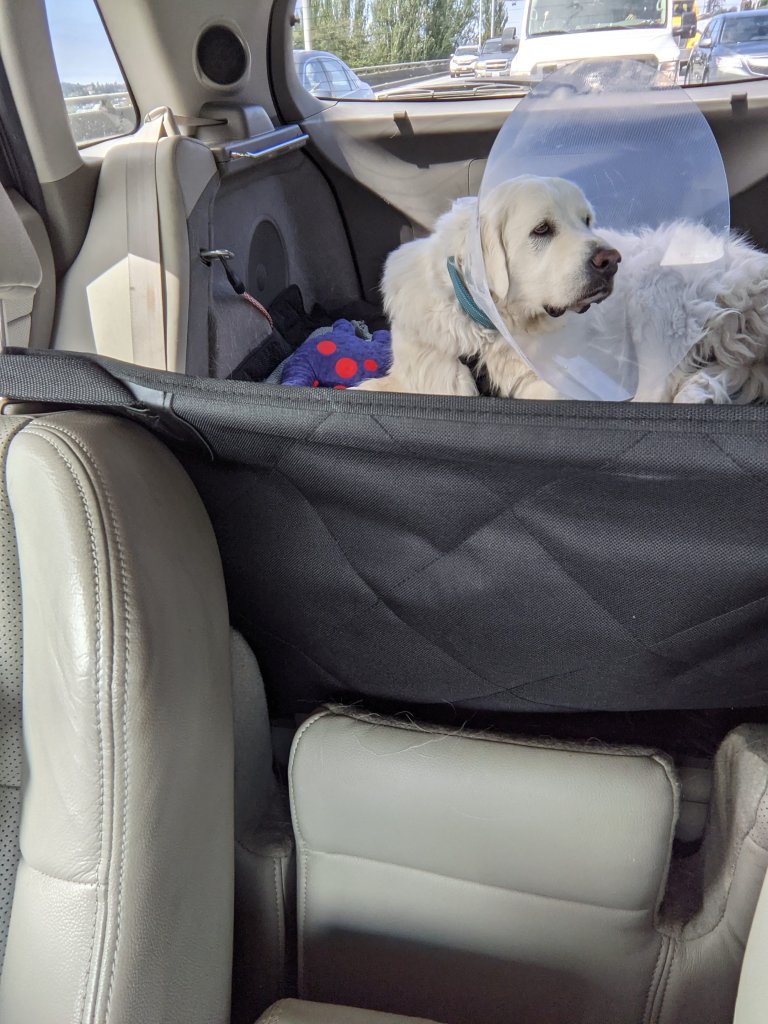
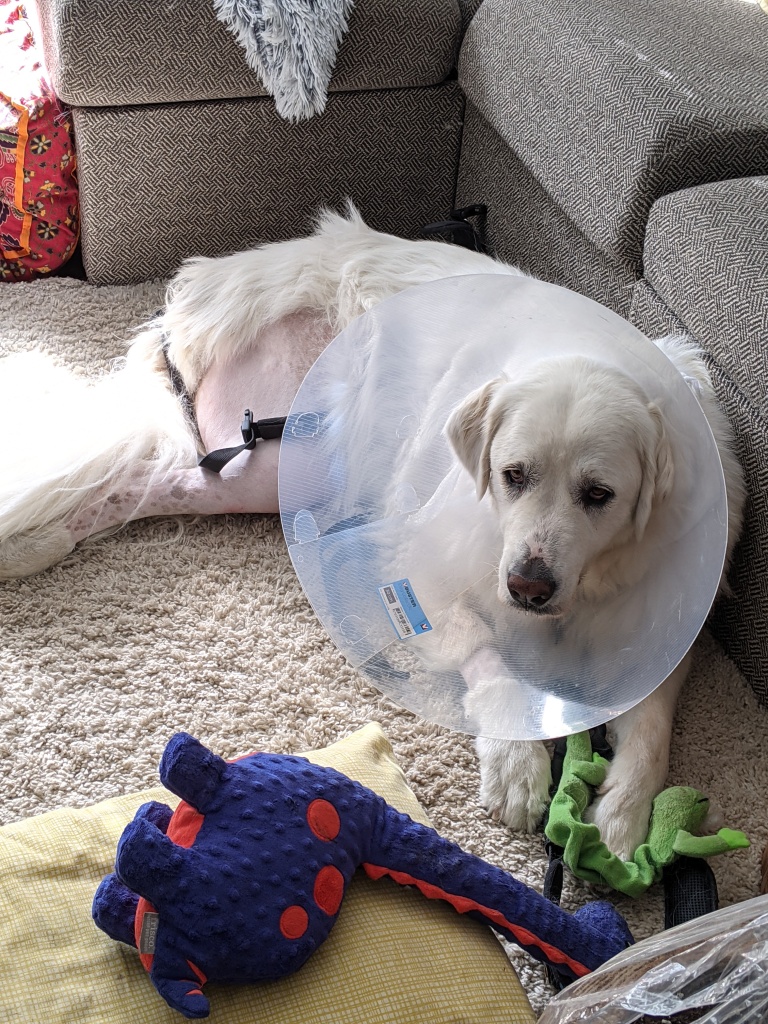
My Yeti’s journey had a bit of a twist. Initially, she was inaccurately diagnosed with severe hip dysplasia at the rescue. After bringing her home, I took her for physical therapy consultation while we awaited her hip surgery appointment. During this examination, they unearthed the actual issue – CCL tears in both her knees. With the accurate diagnosis in hand, we started her physical therapy and weight management regimen while scheduling her TPLO surgery. Note, the x-rays were $800.
Surgery Day
The day of the surgery brings a mix of anxiety and hope. The vet employs a specialized saw to make a precise cut in the tibia, which is then rotated to alter the knee joint’s mechanics. This alteration eradicates the need for the CCL, allowing your dog to bear weight on the limb without discomfort or instability. The surgery usually lasts 1-3 hours, but your dog stays at the clinic for post-surgery monitoring.
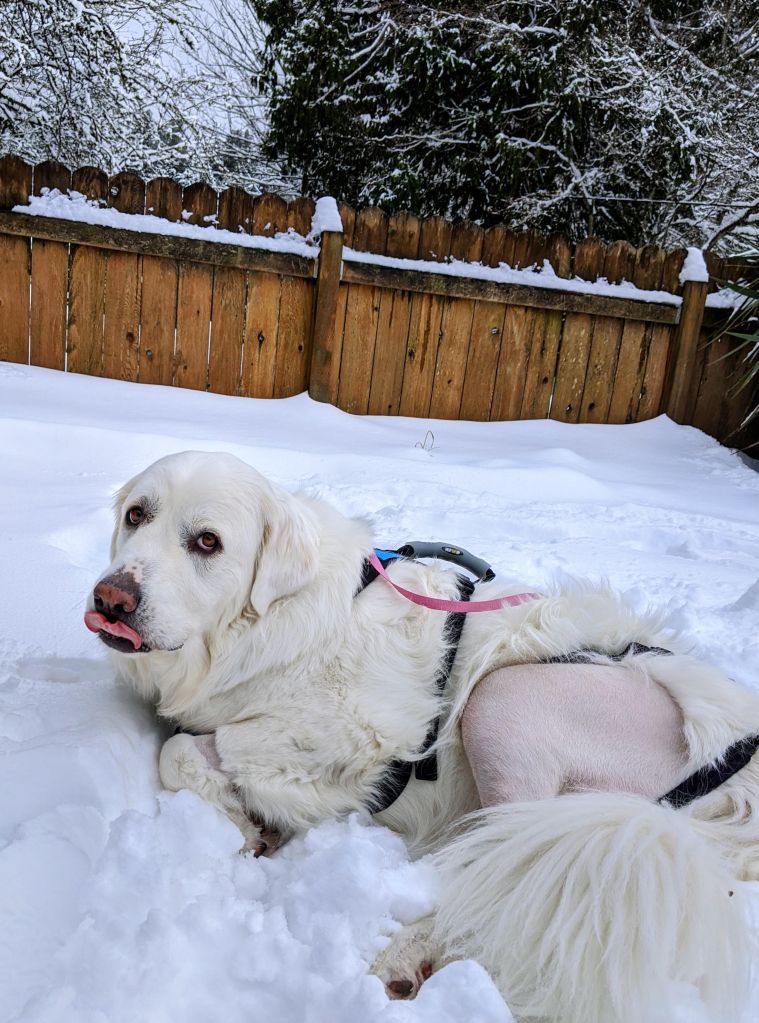
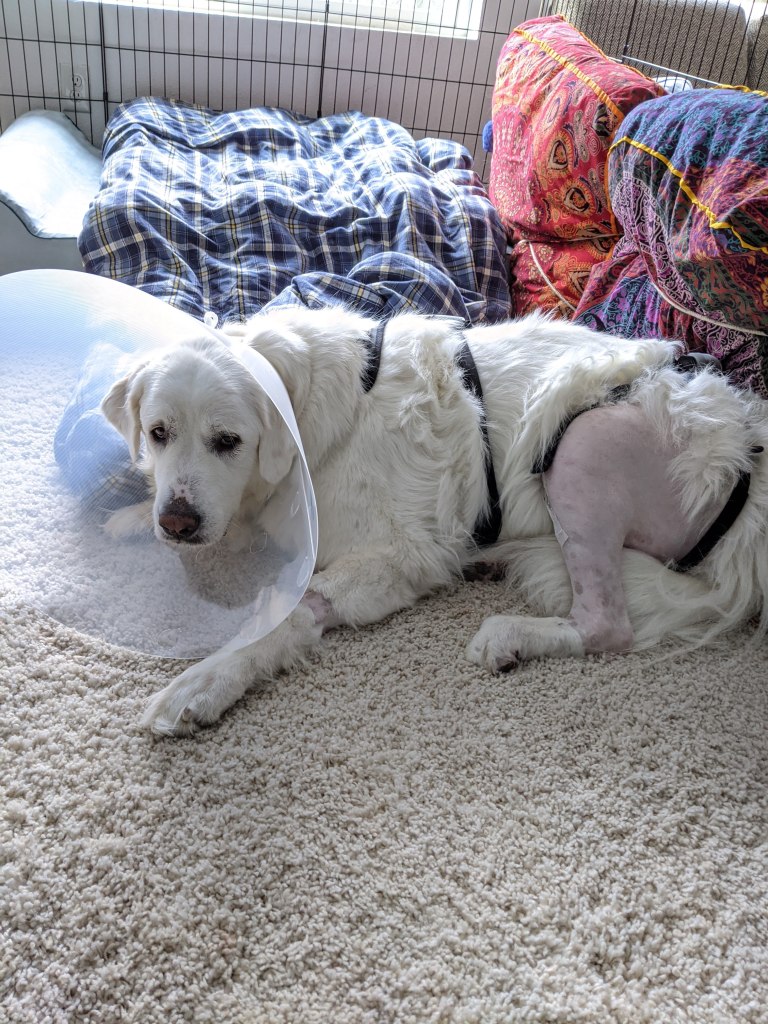
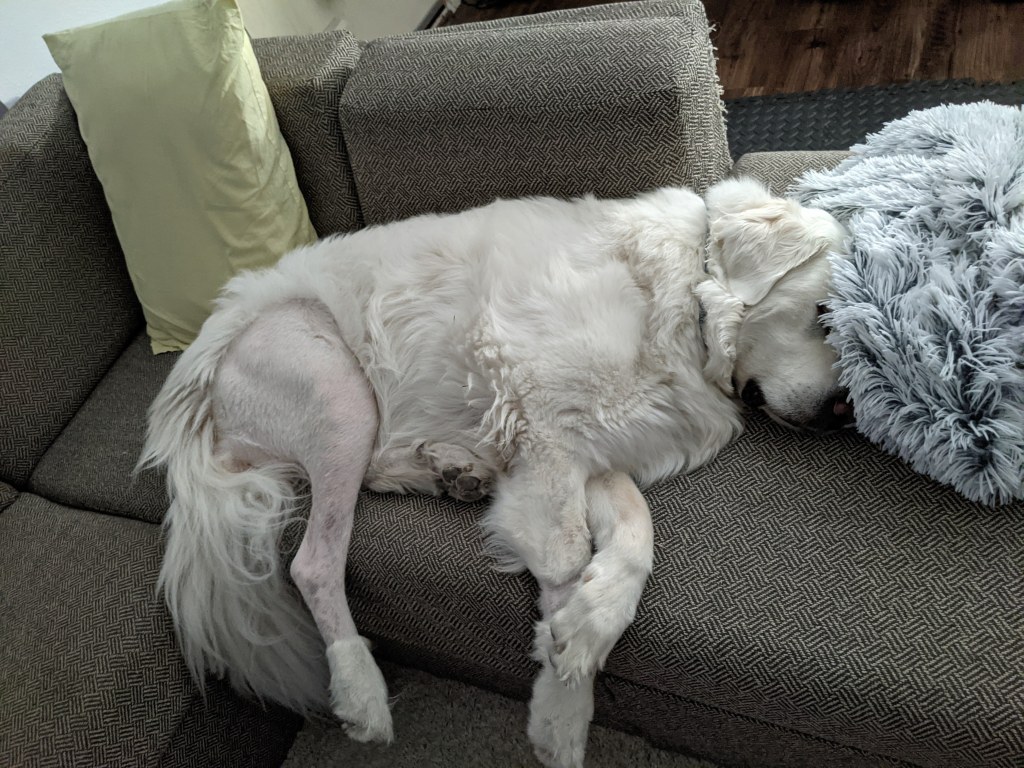
I remember the surgery day vividly because my house was so empty without her. After dropping Yeti off at the vet’s in the morning, the surgery took place in the afternoon. Once completed, I received a detailed breakdown of the procedure and what to expect next. The surgery cost me around $7500 and I’d pay it again in a heartbeat.
Recovery & Postoperative Care
Postoperative care is the linchpin for a full recovery after a TPLO surgery. Pain management and curbing your dog’s activity level to short, leash-controlled walks for the initial weeks are paramount.
The vet will furnish specific instructions about wound care. You will have to watch out for infection signs, and physical therapy will be vital to regain your dog’s range of motion and strength. Two or three follow-up visits to monitor your dog’s progress and X-rays to ensure correct tibia healing may be necessary.
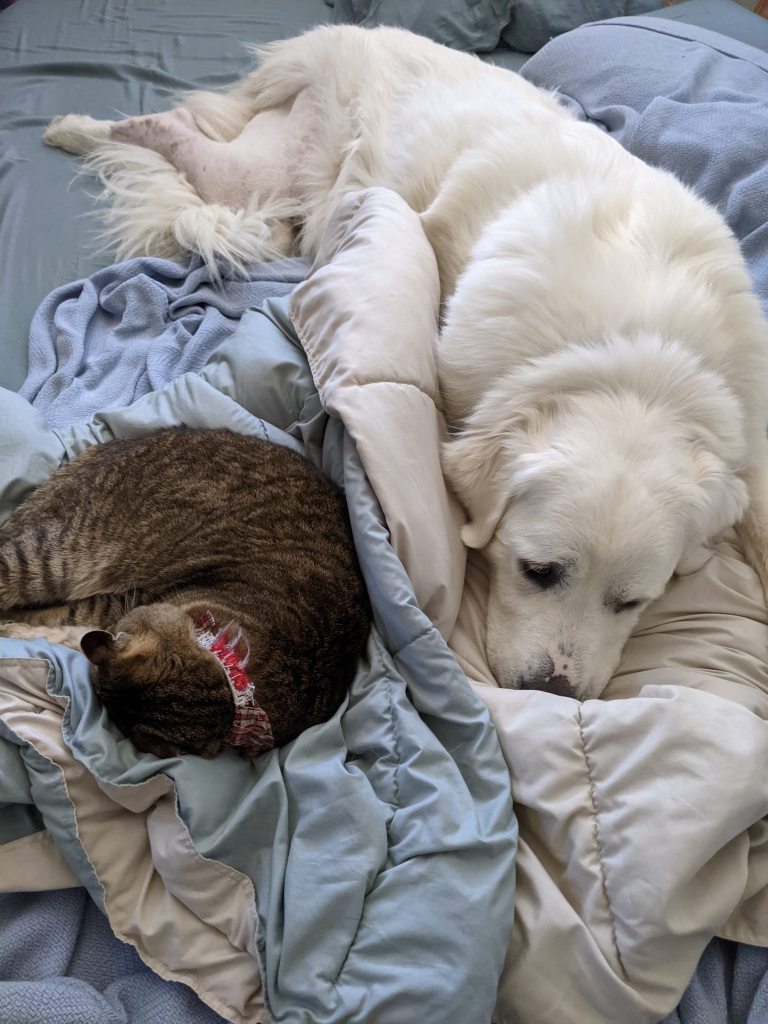

Picking up Yeti one day after the surgery, I received a thorough briefing and constant access to the medical staff for any care-related queries. My preparations for her recovery space at home, coupled with adhering to the care instructions and initiating weekly physical therapy, aided her healing process. The cost of physical therapy was approximately $1000.

TPLO surgery, though seemingly overwhelming, can remarkably improve the life quality of dogs with CCL tears. It calls for an understanding of the process and a commitment to postoperative care. Thanks to this procedure, Yeti transformed from managing a mere 5-minute walk to enjoying three-hour strolls with me. As of 2021, the total cost of the surgery and postoperative physical therapy for one knee amounted to about $8900, a worthy investment for her happiness and well-being.
The consultation and surgery was performed by Animal Surgical & Orthopedic Center in Shoreline, Washington. If you live in the area and need pet surgery done, I highly recommend them- fantastic in every way!
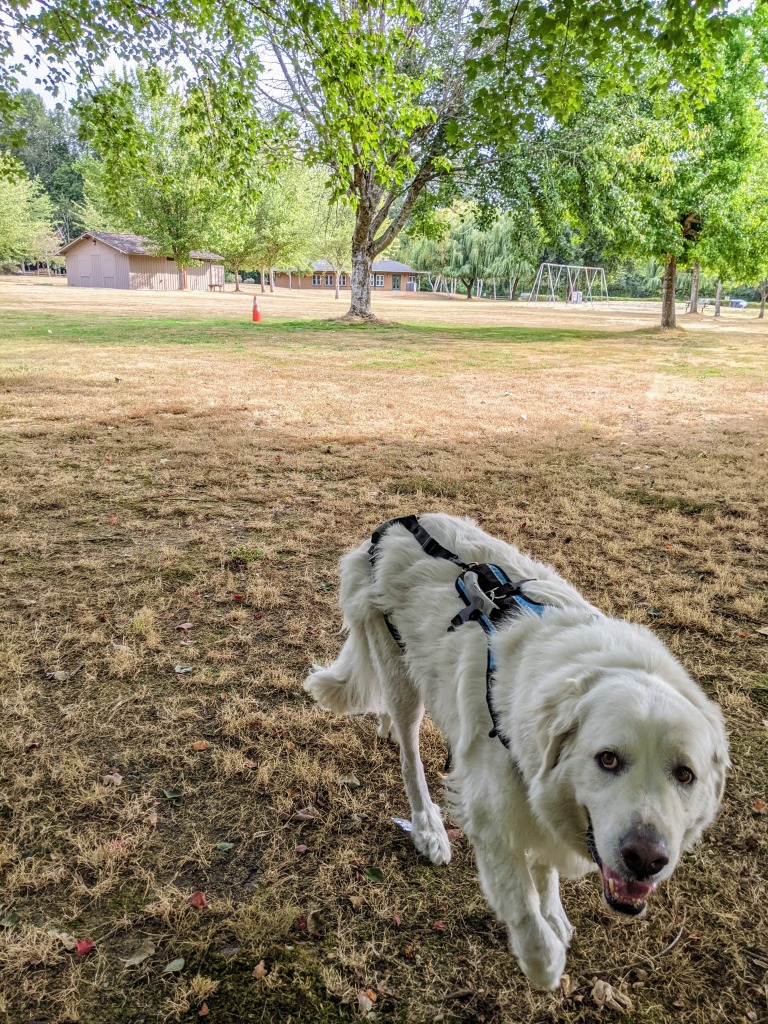
This is a short list of items I used during recovery for Yeti.
Assis Loop ($329) A device for pain control and to reduce inflammation. Per my dog’s physical therapist, she recovered faster than expected at every check point and I like to think it’s because of this. It’s very pricey though and just being more active with massages and loving on your dog will heal them up just as fast.
Help Ém Up Harness ($80 – 130) A 2 piece harness that helps you lift the hind legs of a dog separately than the front/chest part. Very useful for caring for a post-op TPLO surgery dog. You can find cheaper ones at Amazon, but I would get this brand directly from the company.
Dog Ramp for Car ($100) A dog ramp should always be used for larger dogs- it’s a preventative measure for their knees and elbows since they take lots of force getting in and out of our vehicles. I got this one after trying a few because it’s the sturdiest one for a 120+ lbs dog. It is not very compact, but outside of that, it’s far better than anything else on the market.
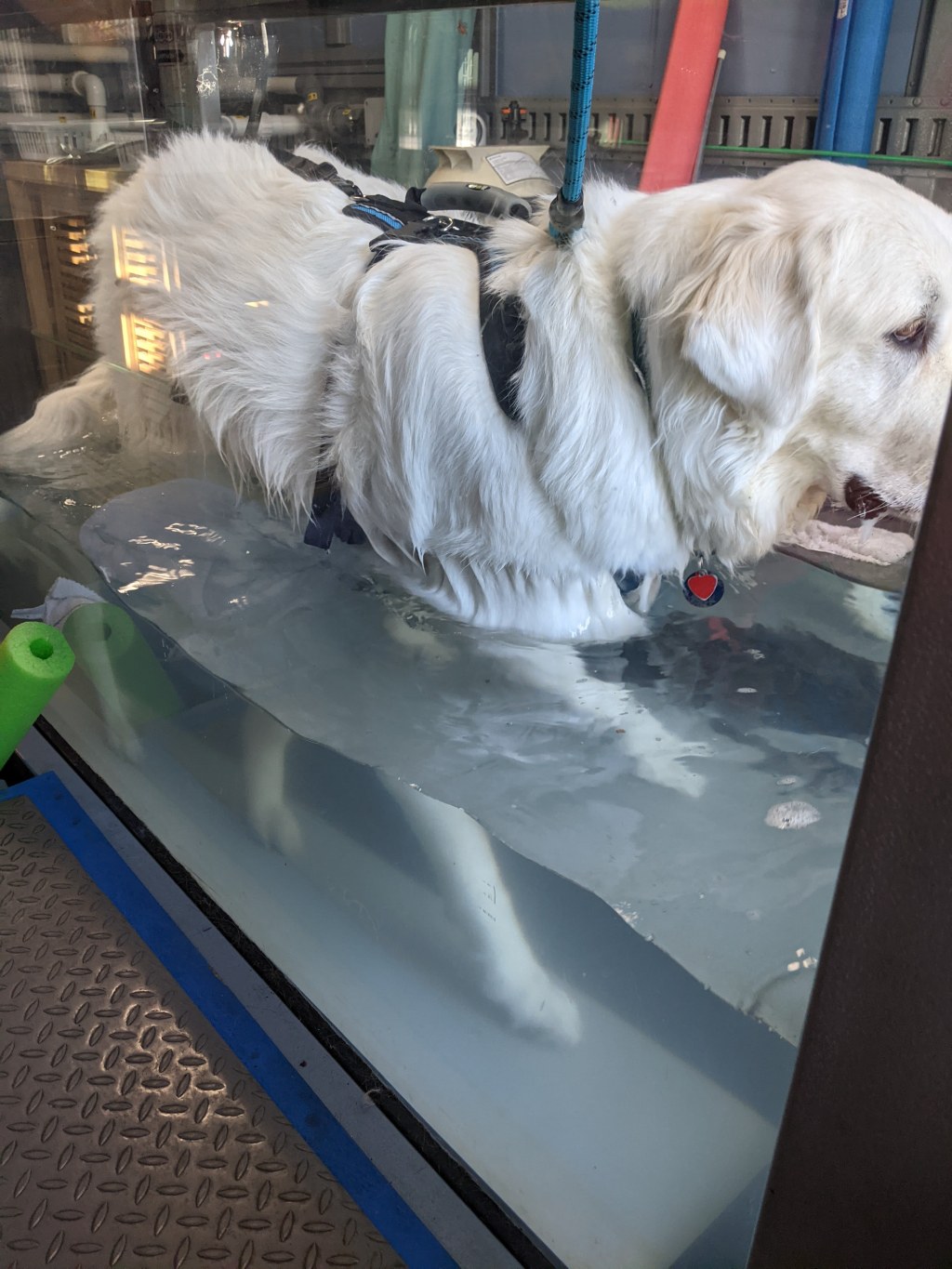
Leave a comment